Creepy Plants For The Garden - Growing Scary Looking Plants
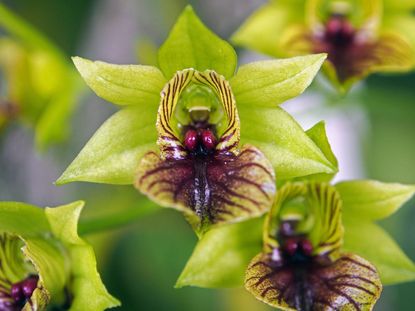

Why not take advantage of all the scary looking plants and creepy plants by creating a garden themed around the exciting Halloween holiday. If it's too late now in your region, there's always next year, so now is the time for planning. Read on to get tips on creating a spook-tacular garden of scary plants.
Scary Garden Plants
Plants, like people, have always been split into groups of good and bad, useful or harmful - therefore, it shouldn't be a surprise to learn that there are many creepy plants out there. So what makes a plant scary? It could be nothing more than its name, such as:
- Devil's tongue
- Blood lily
- Spider orchid
- Bleeding heart
- Bloodroot
- Snake's head iris
Sometimes, in addition to the name, it's the mere color of a plant that makes it creepy - black being the most common here.
Color isn't the only factor in plants being considered dark or scary. Some of them are simply unusual with respects to growth or behavior. Still others may be scary because of their toxicity or historical background (usually based solely on superstition). Some of these plants include:
- Rose twisted stalk
- Hepatica
- Mayapple, aka devils apple
- Water hemlock, aka poison parsnip
- Deadly nightshade
- Mandrake, devil's candle
- Wolfsbane
- Henbane
- Jimson weed
- Stinging nettle
Still others are known for their horrible and rotting smells:
And, of course, there's frightful carnivorous plants, which get hungry for more than just ordinary fertilizer. Among these include:
Using Creepy Plants For The Garden
The use of creepy, scary-looking plants in your garden will depend on personal preference as much as the effect you are looking to achieve. For example, with Halloween in mind, your focus may be centered on the colors orange and black. You don't have to rely merely on these colors, however. Deep maroon can also help set off the Halloween garden, as they evoke thoughts of evil doers. If color alone is not your thing, then maybe creating a spooky, plant eating garden might be. Create a bog with carnivorous plants or a smelly plant garden. Then again, your creepy plant garden may be nothing more than herbs or flowers with superstitious histories. Regardless, keep in mind that if you have kids or pets, you should not plant anything in your garden that may be toxic. Research your creepy plants carefully beforehand.
Gardening tips, videos, info and more delivered right to your inbox!
Sign up for the Gardening Know How newsletter today and receive a free download of our DIY eBook "Bring Your Garden Indoors: 13 DIY Projects For Fall And Winter".

Nikki Tilley has been gardening for nearly three decades. The former Senior Editor and Archivist of Gardening Know How, Nikki has also authored six gardening books.
-
 Elegant Exotics: 8 Beautiful Amaryllis Varieties That Will Brighten Any Holiday Display
Elegant Exotics: 8 Beautiful Amaryllis Varieties That Will Brighten Any Holiday DisplayWhether red, pink, white or variegated, the right amaryllis varieties can enhance any living space, especially during the holidays. We round up eight of the most exquisite
By Bonnie L. Grant
-
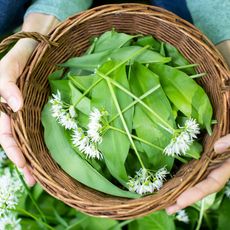 Forage For Herbs: 7 Tasty And Safe Wild Herbs To Pick Close To Your Own Backyard
Forage For Herbs: 7 Tasty And Safe Wild Herbs To Pick Close To Your Own BackyardIn addition to growing your own herbal staples, did you know there are several wild options out there that are safe and tasty – and free? Try foraging these 7 wild herbs
By Amy Grant
-
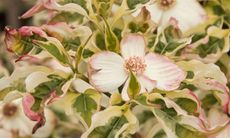 20 Hard-to-Find Spring Flowers & Plants That Look Amazing All Season
20 Hard-to-Find Spring Flowers & Plants That Look Amazing All SeasonIt’s finally beginning to look like spring! If you’re eager to find some unique, hard-to-find varietals to satisfy your spring fever, look here first.
By Caroline Bloomfield
-
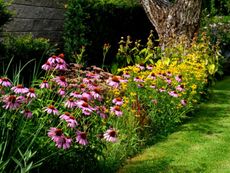 How Wildflower Strips Help Attract Pollinators To Your Yard
How Wildflower Strips Help Attract Pollinators To Your YardIf you have a small garden spot or strip available, fill it with wildflowers for our hungry pollinators. Click to learn more.
By Tonya Barnett
-
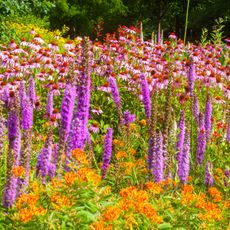 10 Knockout Native Flowers To Add A Punch Of Color To Your Garden
10 Knockout Native Flowers To Add A Punch Of Color To Your GardenGrowing native is the way to go. See our list of ten native wildflowers that will knock you out with color.
By Amy Grant
-
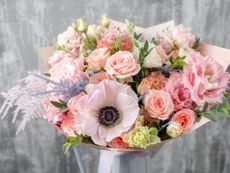 Pretty Plants For A Pastel Flower Bouquet
Pretty Plants For A Pastel Flower BouquetRoses aren’t the only romantic flower. Some romantic pastel flowers can fill in beautifully.
By Tonya Barnett
-
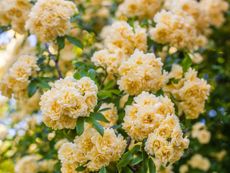 Soft Yellow Plants For A Sunny Pastel Garden
Soft Yellow Plants For A Sunny Pastel GardenClick here for ideas on some pale yellow flower varieties for pastel garden designs.
By Tonya Barnett
-
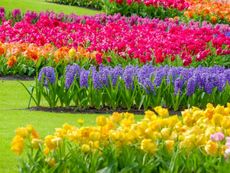 Most Common Flower Color In The World
Most Common Flower Color In The WorldWhat are the most common and least common flower colors in the world? Click here to find out.
By Mary Ellen Ellis
-
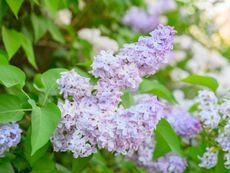 Pastel Plants For A Lovely, Light Purple Flower Garden
Pastel Plants For A Lovely, Light Purple Flower GardenClick here for ideas on some light purple plants for a pretty, pastel garden display.
By Tonya Barnett
-
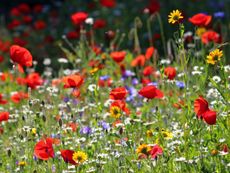 Plant Wildflower Seeds In Fall for A Stunning Spring Display
Plant Wildflower Seeds In Fall for A Stunning Spring DisplayCan you plant wildflower seeds in fall? What makes fall the best time to sow wildflower seeds? Click here for more.
By Tonya Barnett